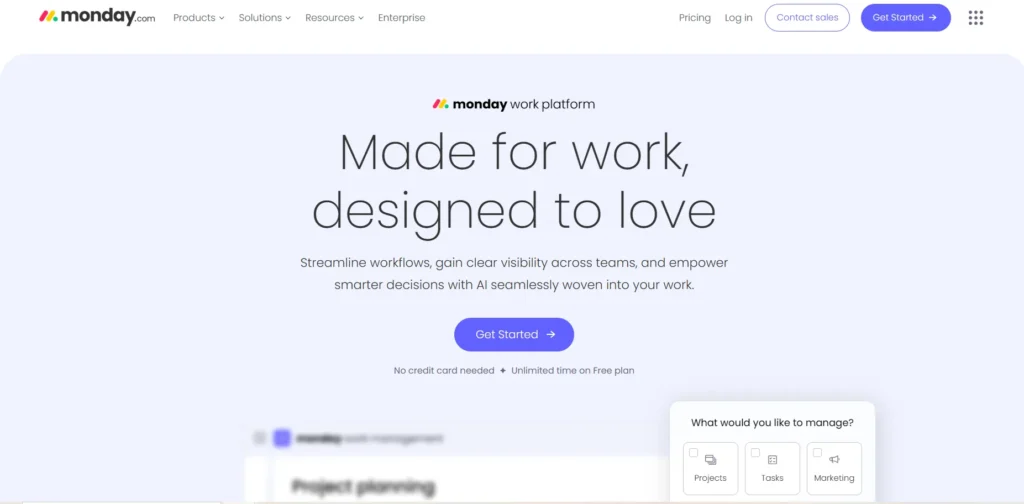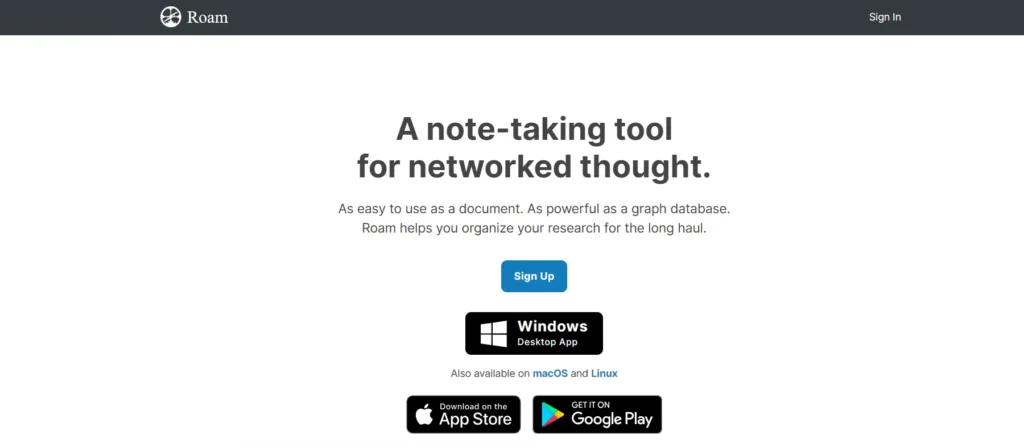Monday.com is a cloud-based work operating system designed to help teams plan, track, and manage their work in a visual and collaborative way. Whether you’re a freelancer juggling multiple clients, a startup founder coordinating a small team, or a project manager at a large organization, Monday.com offers a flexible platform to organize workflows, assign tasks, and monitor progress. With its colorful interface and customizable boards, it has gained popularity among creative professionals, marketing teams, software developers, and operations managers alike. But is it the right tool for your needs? This article explores its strengths, limitations, and how it compares to other options to help you make an informed decision.
Is Monday.com Right for You?
Monday.com is particularly well-suited for teams that need a centralized place to manage projects, timelines, and collaboration. Creative agencies, product development teams, and marketing departments often find it useful for tracking campaigns, content calendars, and client deliverables. Its visual layout and drag-and-drop functionality make it accessible even to users without technical backgrounds.
However, for individuals or very small teams with simple task lists, Monday.com might feel like overkill. Similarly, users looking for deep time-tracking features or advanced automation may find the platform somewhat limited unless they opt for higher-tier plans. It’s best for users who value visual organization and team collaboration over granular control or niche features.
What It Does Well
- Highly customizable boards and workflows
- Intuitive, user-friendly interface
- Strong collaboration tools (comments, mentions, file sharing)
- Wide range of integrations with other tools
- Visual project tracking with timelines, calendars, and Kanban views
One of Monday.com’s standout features is its customizable boards. Users can create columns for status, priority, due dates, people, and more, tailoring each board to fit a specific workflow. For example, a content team might use a board to track articles from idea to publication, assigning writers and editors along the way. The visual layout makes it easy to see where each task stands at a glance.
Another strength is its collaboration tools. Team members can comment directly on tasks, tag colleagues, and attach files, keeping all communication in one place. This reduces the need for back-and-forth emails and helps ensure that everyone stays on the same page. The platform also integrates with tools like Slack, Google Drive, and Zoom, making it easier to fit into existing workflows.
Where It Falls Short
Despite its strengths, Monday.com isn’t without drawbacks. One common complaint is that the learning curve can be steep for new users. While the interface is visually appealing, the sheer number of features and customization options can be overwhelming at first.
Another limitation is the lack of advanced reporting and analytics in the lower-tier plans. Users who need detailed performance metrics or time-tracking capabilities may find themselves needing to upgrade or use third-party tools. Additionally, while automation is available, it’s somewhat limited compared to more specialized platforms, and complex workflows may require workarounds.
Free vs Paid: What’s the Catch?
Monday.com offers a free plan for up to two users, which includes unlimited boards, over 200 templates, and basic column types. This can be sufficient for freelancers or very small teams managing simple projects. However, the free plan lacks key features like timeline views, advanced integrations, and automation.
Paid plans unlock more functionality. The Standard plan adds timeline and calendar views, guest access, and 250 automation actions per month. The Pro plan includes time tracking, chart views, and up to 25,000 automation actions. For larger teams or those managing complex projects, the paid tiers offer significant value — but for casual users, the free version may be enough.
Are There Alternatives?
- Asana – Known for its task management and timeline features
- Trello – A simpler, card-based system ideal for smaller teams
- ClickUp – Offers a wide range of features including docs, goals, and time tracking
Each of these tools has its own strengths and weaknesses. Asana is great for structured project management, Trello excels in simplicity and ease of use, and ClickUp offers a more feature-rich environment for power users. Monday.com sits somewhere in the middle, balancing usability with flexibility.
Verdict
Monday.com is a versatile and visually engaging platform that works well for teams looking to streamline their workflows and improve collaboration. It’s especially useful for creative professionals, marketing teams, and project managers who need a customizable and centralized workspace. However, it may not be the best fit for solo users or those seeking advanced analytics and automation without paying for higher-tier plans.
If you’re part of a team that values visual organization and needs a flexible tool to manage projects, Monday.com is worth exploring. On the other hand, if your needs are minimal or highly specialized, you might find better value in a simpler or more targeted alternative.



